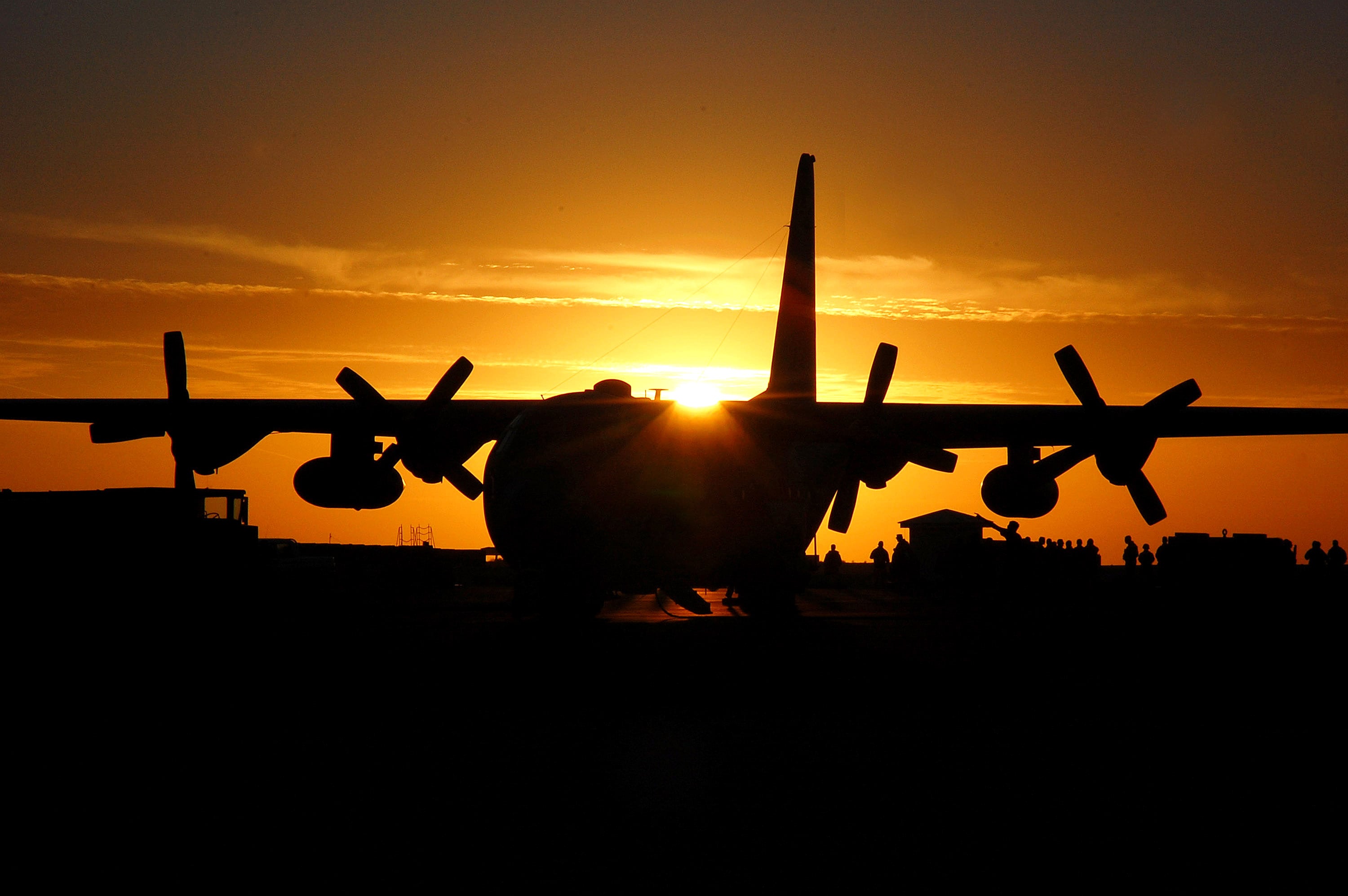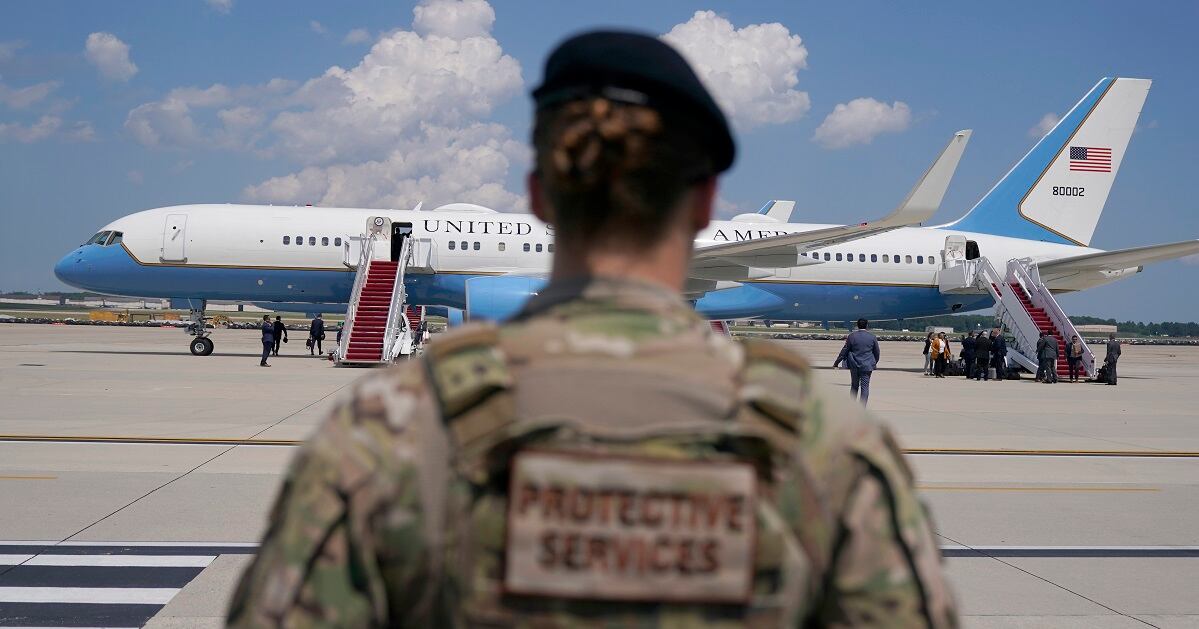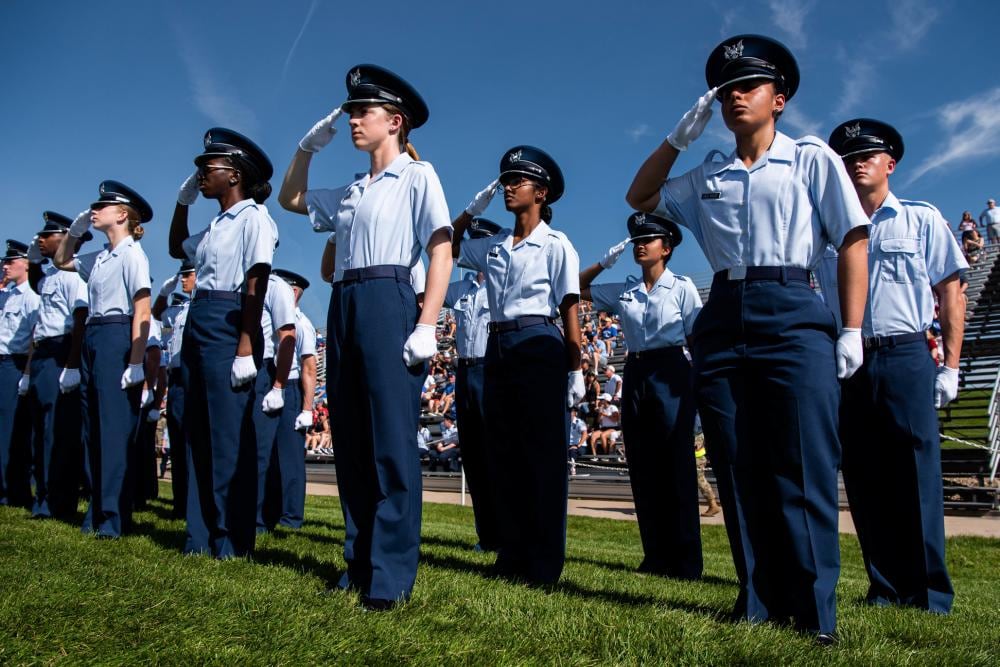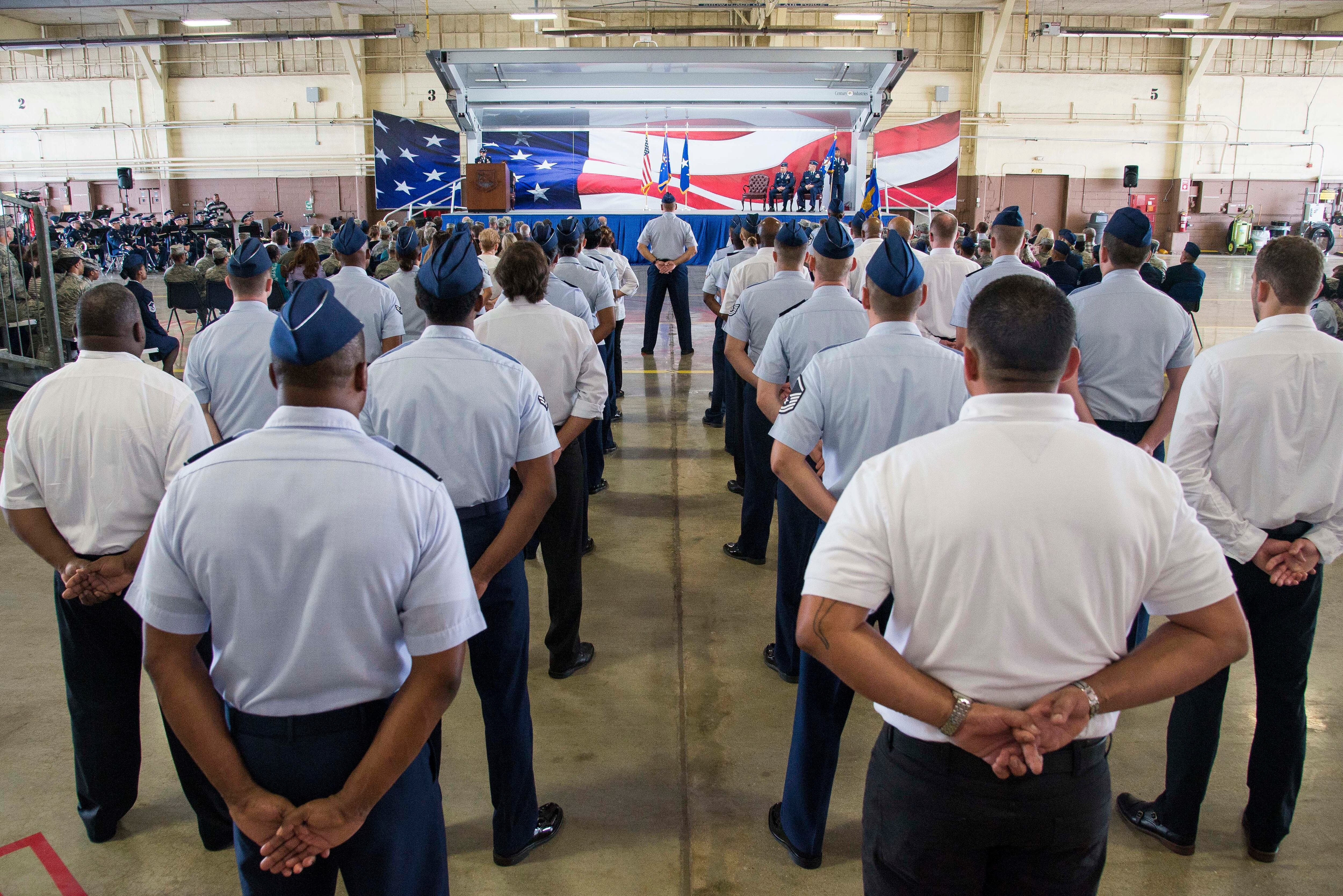Black men in the Air Force’s junior enlisted ranks are 86% more likely than their white counterparts to face nonjudicial punishment or court-martial, according to a new study that explores racial disparities in the service’s justice system.
Why their experiences diverge can be tricky to pinpoint, the federally funded think tank Rand Corp. said in its April 10 report. An airman’s job, their Armed Forces Qualification Test score and where they call home can all play a role in who might face a criminal charge or potential punishment.
In most cases, researchers couldn’t explain why Black airmen wound up in trouble more often than peers of other races — meaning the differences may boil down to unfair treatment.
RELATED

The Air Force-funded report is the latest in a growing body of work that has sought to uncover and explain racial disparities across the military, as well as within its justice system, including an Air Force inspector general report and others that were conducted after George Floyd’s death in 2020 sparked protests and prompted discussions of racial equity across the United States.
Those studies have found that Black airmen, other minorities and women faced consistent hurdles in their careers that have limited their opportunities to progress and hurt their sense of belonging in uniform. Rand’s new work attempts to take a deeper look at the problem by focusing on airmen in the ranks of E-1 through E-4, when troops are more often disciplined.
The study delved into Air Force discipline and personnel data on active duty enlisted airmen from fiscal years 2010 through 2019. Researchers considered the extent to which disparities in nonjudicial punishments — known as “Article 15s” for their place in the Uniform Code of Military Justice — and court-martial referrals could be explained by racial differences in offense rates, as well as the racial breakdown of career fields in which harsher consequences might be seen as more proportional for certain offenses than in others.
As an example, Rand said, security forces airmen tend to be punished more severely for falling asleep on the job or being late to work — possibly risking a breach on base — than airmen in other fields. Black airmen tend to occupy more of the jobs where such repercussions are steeper, researchers said.
Researchers also considered variables like marital status, test scores, waivers, education, training issues, previous punishments and whether marijuana was legal in an airman’s state, among other factors, to understand why Black and white airmen might be treated differently.
RELATED

Among the report’s findings:
- Overall, Article 15s and court-martial referrals were 71% more likely for Black junior enlisted airmen — male or female — when compared to white airmen.
- Those actions were 27% more likely for American Indian and native Alaskan airmen; 8% more likely for Hispanic airmen; equally likely for native Hawaiian and Pacific Islanders; and less likely for Asian airmen than their white counterparts.
- Black airmen referred to court-martial were less likely to be convicted than their white counterparts and face lower sentences, depending upon the conviction. There were no racial differences in punishments doled out for those issued an Article 15.
- One-fifth of disparities among Article 15 and court-martial referrals between Black and white airmen could be explained in racial differences in career fields and other variables that might foreshadow offense rates, including their home of record and Armed Forces Qualification Test scores.
- Four-fifths of disparities could not be explained by the available data. Researchers noted that while those cases lacked a definitive explanation, “the results are consistent with a situation in which disparate treatment may be at least partly responsible.”
Identifying disparities
The report comes as the Pentagon seeks to root out racism within the military while also diversifying new recruits and improving equity across its ranks.
The Department of the Air Force’s active duty component, which includes the Space Force, is overwhelmingly comprised of white personnel at 69%, while 15% of troops are Black, according to its most recent data. Hispanic or Latino personnel represented the next largest group at 17.8%, while Asians made up 5.2% of the two services. Native Hawaiians/Pacific Islanders and American Indians/Alaska natives represented 1.3% and 0.9%, respectively.
The enlisted force, which accounts for every 8 in 10 airmen, is more diverse than the officer corps. For instance, Reuters reported in March that while only 6% of Air Force officers identify as Black, the figure rises to about 17% among enlisted airmen.
In finding that some minority airmen are more likely to encounter the Air Force’s justice system, Rand found that AFQT scores, which are derived from the tests airmen take when entering the military; training issues; and prior trouble — which can also be a result of unfair treatment — could explain some of that gap. But the community in which someone grew up and their job in the military played a bigger role in whether they faced punishment, researchers said.
RELATED

Still, while some minority airmen in junior enlisted ranks were punished more often than their white peers, they didn’t necessarily face worse outcomes, whether in the courtroom or at their unit, Rand found.
Among those who faced court-martial, Black and Hispanic airmen were more likely to have their cases acquitted and were also less likely to spend time in confinement or be punitively discharged than white airmen.
Rand said that while factors like lower test scores or particular jobs might predict a higher likelihood to offend, they didn’t necessarily correlate to negative court-martial outcomes. Researchers also could not definitively conclude that Black airmen “do better at the court-martial stage [because] … a lower standard of evidence is being used to refer Black airmen cases relative to White airmen cases,” the report said.
Among those who received Article 15s, which are typically handed out by a squadron commander, minority and white junior enlisted were issued the same punishments — like being knocked down in rank — at similar rates.
RELATED

The lasting effect of facing punishment, however, can be long.
“It is important to note that, even if an airman is not found guilty, the process of being accused, investigated, and having their case adjudicated can still have a negative impact on the airman’s reputation, career opportunities, well-being and family,” the report said.
Recommendations
Rand researchers recommended several courses of action to address racial inequity in the Air Force justice system.
Gathering data on administrative actions could offer a more complete picture of those disparities in the Air Force, Rand said. While the service is working on collecting that information, it isn’t stored in a central database, researchers said.
Rand also advised that using a diverse panel to decide whether disciplinary actions will move forward, rather than a sole commander, could lead to fairer outcomes and build trust. Researchers also urged the service to adopt additional reforms and evaluations that can cut bias out of the justice system.
An Air Force spokesperson said the service’s previous reports echo Rand’s findings but did not otherwise answer how the service might use the new analysis.
The Rand report mirrors similar disparities within the civilian criminal justice system, said Mona Sahaf, a former federal prosecutor who now works at the Vera Institute of Justice, a criminal justice-reform organization in Washington.
Disparities are driven by lack of resources and overpolicing, Sahaf argued. She believes that while looking for bias against certain races and ethnicities is important, it doesn’t go far enough to root out institutional prejudice.
Prosecutors, including military judge advocate generals, need to be aware of those disparities, too.
“In order to ameliorate these racial disparities in the criminal system, you need targeted policies,” she said. “You need to be doing racial justice audits of policies in terms of charging, pleas and sentencing.”
“If you don’t take those actions, you end up being a pass-through for all the racial disparities that exist in society,” she added.
Courtney Mabeus-Brown is the senior reporter at Air Force Times. She is an award-winning journalist who previously covered the military for Navy Times and The Virginian-Pilot in Norfolk, Va., where she first set foot on an aircraft carrier. Her work has also appeared in The New York Times, The Washington Post, Foreign Policy and more.





